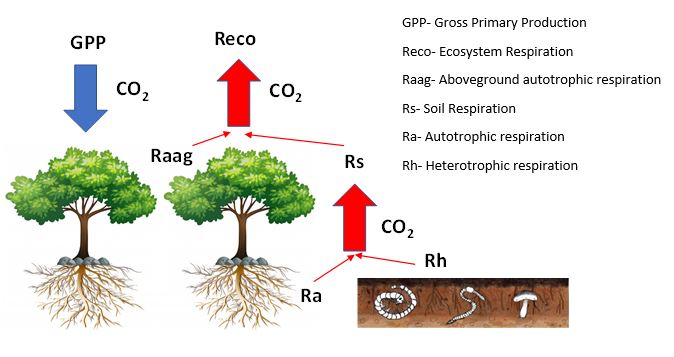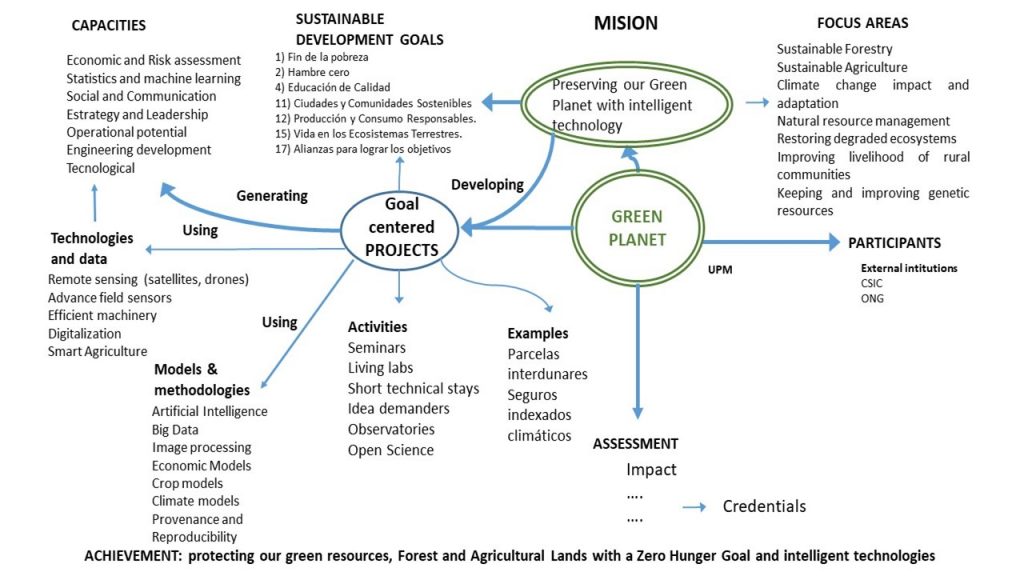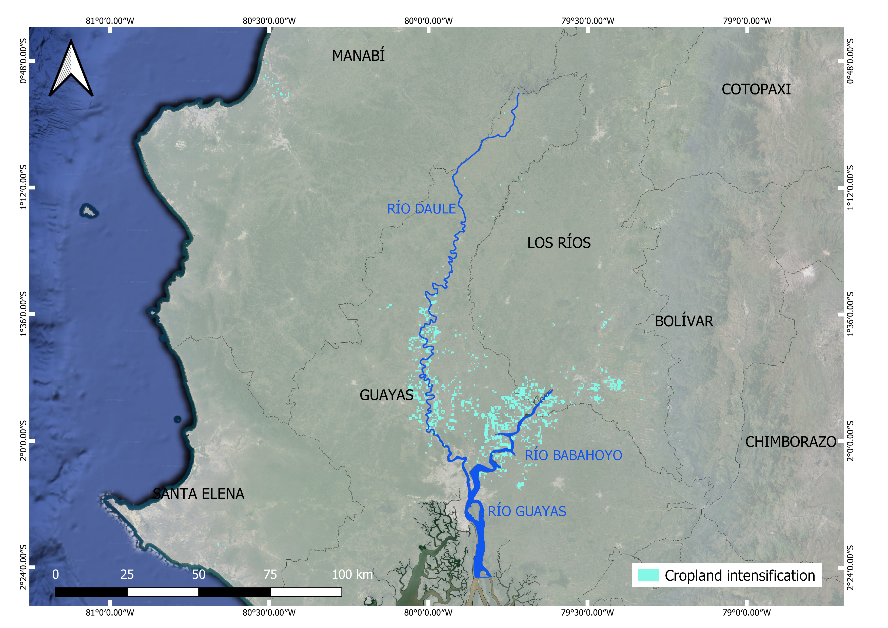In this study, we developed a prediction model for NDVI time series data obtained from the MODIS sensor, covering the period from 2002 to 2022, for rainfed crops near four meteorological stations in the province of Soria. The analysis was conducted at the pixel level, using the Box-Jenkins methodology, and the accuracy of the models was evaluated using the U-Theil index. We found that the models predicted with good accuracy for 30% of the analyzed pixels, with annual seasonality identified as a key factor. The results were published in Sáenz et al., 2023.
Category Archives: Uncategorized
Evaluating Cropland Intensification in Ecuador: Insights from 20 Years of NDVI Data
Multiple cropping —growing more than one crop in the same field each year—is a crucial agricultural practice to ensure food supplies in response to the rising demand for staple cereals driven by global population growth and the impacts of climate change. In this context, it is essential to develop new methodologies for accurately monitoring cropland intensification. In this regard, we proposed a novel methodology based on the spectral analysis of remotes sensing time series to assess cropland intensification in Ecuador, a tropical region where cloud cover complicates crop monitoring. Using 20-year series of NDVI (Normalized Difference Vegetation Index) data from 2001 to 2020, we analyzed differences in the number of crop cycles in major rice and maize areas, identifying fields with one, two, or three crop cycles per year across four subperiods. This approach allowed us to monitor changes in cropping systems over time and detect shifts toward more intensive agriculture.
The findings revealed that over 50% of the studied croplands changed its cropping practices, with 40% of the land showing an increase in the number of crop cycles. This trend was particularly noticeable near rivers, where irrigation supports crop growth during dry periods. These results underscore the potential of spectral analysis to track agricultural intensification in challenging, cloudy tropical regions.
Results were published in Recuero et al., 2023.
Assessment of different components of the Carbon flux in forest and agricultural ecosystems using remote sensing data and field measurements.
The assessment of carbon cycle in the ecosystems is essential for studying climate change. The two main components of the carbon cycle are Gross Primary Production (GPP) and Soil Respiration (Rs). The first one represents the carbon uptake of ecosystems through photosynthesis and it is the largest flux of the global carbon balance. The second one is the most important source of CO2 in most ecosystems. The high spatial and temporal variability of these fluxes can make forest and agricultural ecosystems behave as a sink or as a source of CO2 over the years depending on the interaction of meteorological and ecological factors. Therefore, developing suitable methods and techniques for estimating GPP and Rs are crucial to obtain accurate estimations. We have assessed these two main components of the carbon cycle in agricultural and forest ecosystems by new remote sensing and field techniques.

See more on these articles:
Cicuéndez, V., Litago, J., Huesca, M., Rodriguez-Rastrero, M., Recuero, L., Merino-de-Miguel, S., & Palacios-Orueta, A. (2015). Assessment of the gross primary production dynamics of a Mediterranean holm oak forest by remote sensing time series analysis. Agroforestry Systems, 89(3), 491-510. https://doi.org/10.1007/s10457-015-9786-x.
Cicuéndez, V., Rodríguez-Rastrero, M., Huesca, M., Uribe, C., Schmid, T., Inclán, R., Litago, J., Sánchez-Girón, V., Merino-de-Miguel, S., & Palacios-Orueta, A. (2015). Assessment of soil respiration patterns in an irrigated corn field based on spectral information acquired by field spectroscopy. Agriculture, Ecosystems & Environment, 212, 158-167. https://doi.org/10.1016/j.agee.2015.06.020.
Cicuéndez, V., Rodríguez-Rastrero, M., Recuero, L., Huesca, M., Schmid, T., Inclán, R., Litago, J., Sánchez-Girón, V., & Palacios-Orueta, A. (2020). First Insights on Soil Respiration Prediction across the Growth Stages of Rainfed Barley Based on Simulated MODIS and Sentinel-2 Spectral Indices. Remote Sensing, 12(17), 2724. https://doi.org/10.3390/rs12172724.
GEOQUBIDY AND EELISA
European Engineering Learning Innovation and Science Alliance (EELISA) is the first alliance of Higher Education Institutions (graduate engineering schools, technology universities and full-spectrum universities) from different countries in Europe meant to define and implement a common model of European engineer rooted in society.
Our investigation group is participating in the alliance EELISA with this mission:



